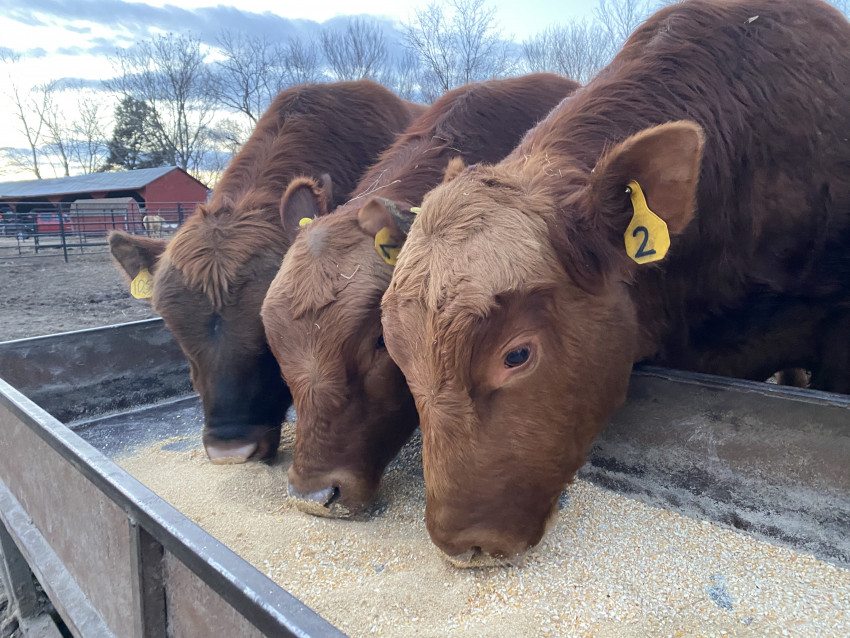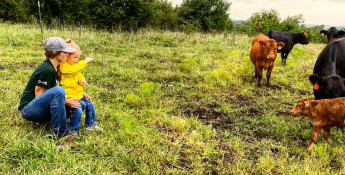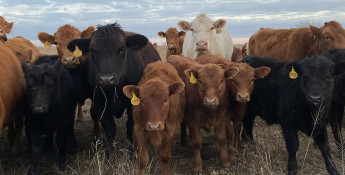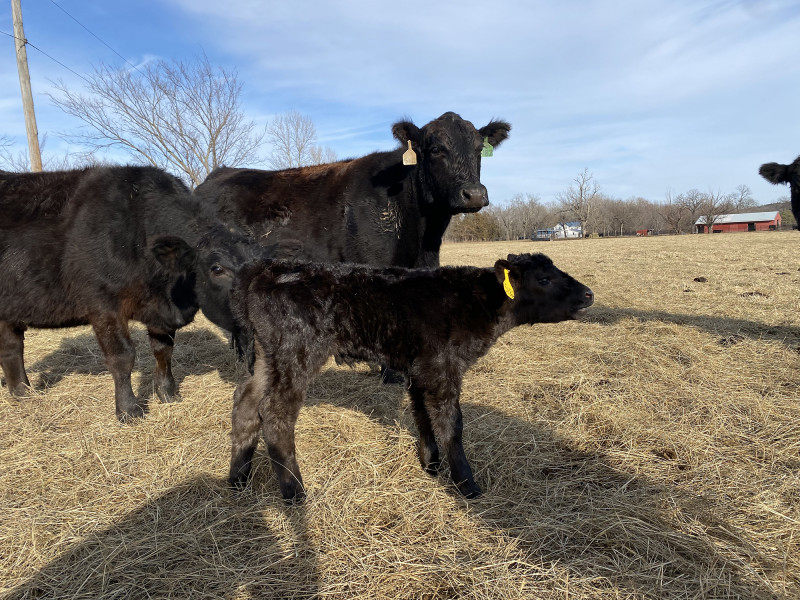By Brandi Buzzard on February 18, 2022
The Many Ways Ranchers Manage Cattle Breeding
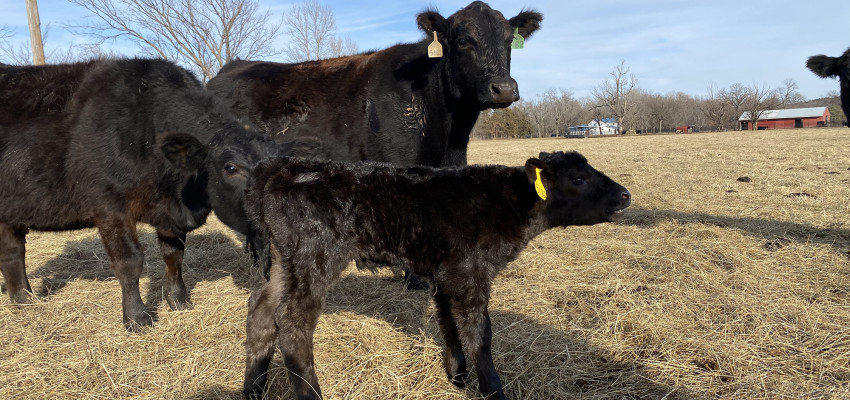
The process of a calf being born seems relatively straightforward, right? Bull meets cow in the pasture, they go on a date to the feed bunk and bada-boom! About nine months later, a cute fluffy calf arrives. While this process is generally accurate, it’s not always as simple.
A calf crop, which is what we call the group of calves born during one season on a farm or ranch, can be put together genetically through a few different methods, all of which involve planning, science and a little bit of luck.
On our ranch, we utilize reproductive technologies such as artificial insemination (AI) and embryo transfer (ET), both of which are exactly as they sound. For more detail on those different methods, you can check out our breeding season plan of action. We use AI and ET because those methods allow us to use a wider variety of genetics in our breeding decisions – instead of buying 10 bulls to get 10 different genetic profiles. We can buy frozen semen from those bulls to AI or create embryos for breeding our cows. These technologies allow us to save money on cattle purchases while still selecting the best genetics in the cattle industry.
We also employ natural service breeding via “clean-up bulls” in which a bull breeds a cow as he would if they met on a lovely forest trail at sunset. A clean-up bull spends about 60 days with the cow herd after they’ve all been artificially inseminated or had a calf embryo implanted, which is enough time for the cow to show heat at least twice.
Because technology isn’t perfect, only about 65 percent of cows who are artificially inseminated or have an embryo placed will become pregnant via that breeding method. Enter the clean-up bull, whose sole responsibility is to breed the cows who didn’t become pregnant during the AI or ET process, aka “clean up” the conception rate in the herd. These are bulls we’ve purchased and live on our ranch – each bull can cover roughly 25-30 cows, so if a farmer or rancher owns 150 cows, there would need to be about five to six bulls on the roster, at a minimum. It’s nice to have an extra bull in the bullpen, literally, in case one of the starters gets hurt or sick. These guys get room and board in exchange for 60 days of work per year. Pretty sweet gig, right?
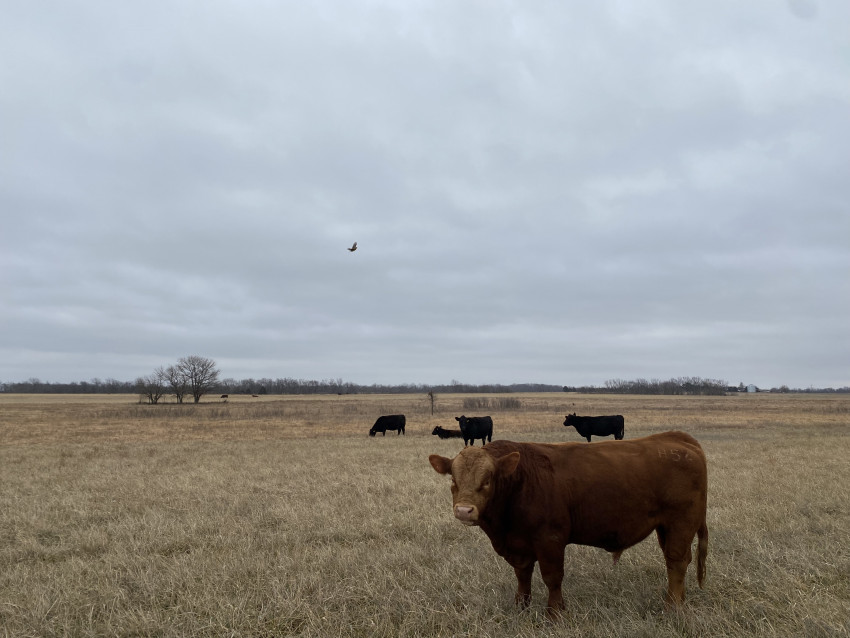 With all these bulls running around and different breeding methods determining the sire of an individual calf takes effort. To narrow down those options, we check our cows for pregnancy stage before they are taken to fresh pasture in late spring. Our veterinarian, who is a skilled professional with years of technical training and education, will check the cow via palpation and determine how far along the pregnancy is – less than 30 days, 45 days, 60 days, etc. Based on the approximation of the stage of pregnancy, we have a pretty good idea which bull is the sire of each calf. Once the calves are born, we confirm our hypotheses with a paternity test using a skin, blood or hair sample from each calf. It’s important we know the sire of each calf because that information helps us keep accurate records, improve our herd’s genetics and make informed management decisions. It’s also important to the people who buy our cattle to know the parentage, so they can make informed management decisions as well. These factors can help us be efficient with our money and our natural resources, which leads to overall improved economic and environmental sustainability.
With all these bulls running around and different breeding methods determining the sire of an individual calf takes effort. To narrow down those options, we check our cows for pregnancy stage before they are taken to fresh pasture in late spring. Our veterinarian, who is a skilled professional with years of technical training and education, will check the cow via palpation and determine how far along the pregnancy is – less than 30 days, 45 days, 60 days, etc. Based on the approximation of the stage of pregnancy, we have a pretty good idea which bull is the sire of each calf. Once the calves are born, we confirm our hypotheses with a paternity test using a skin, blood or hair sample from each calf. It’s important we know the sire of each calf because that information helps us keep accurate records, improve our herd’s genetics and make informed management decisions. It’s also important to the people who buy our cattle to know the parentage, so they can make informed management decisions as well. These factors can help us be efficient with our money and our natural resources, which leads to overall improved economic and environmental sustainability.
The next time you drive past a group of cattle in a pasture, will you think twice and chuckle at the multitude of ways ranchers play “matchmaker” when it comes to planning their calf crop? I hope so.

